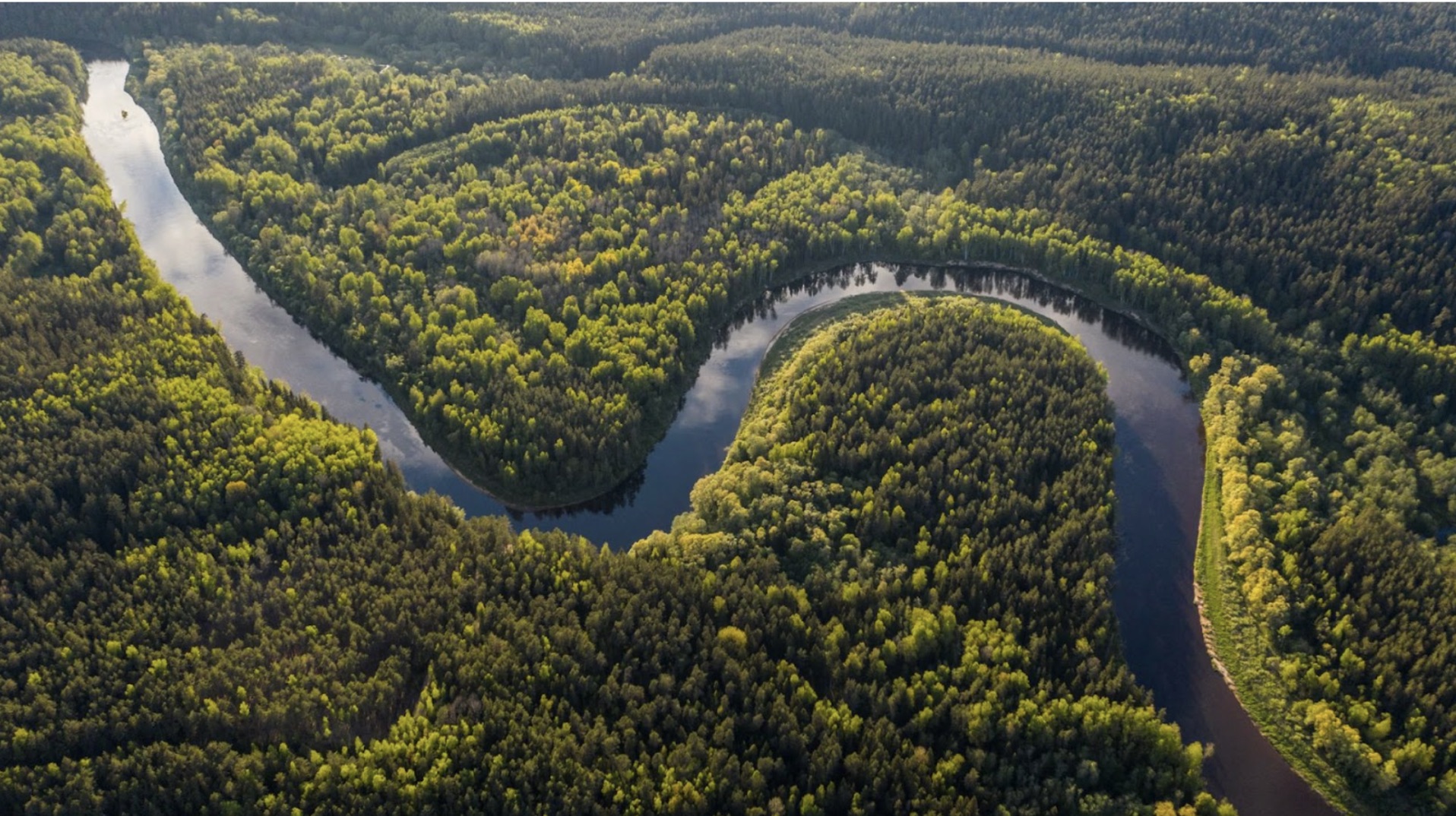Climate change is affecting the whole world, with the Amazon rainforest being one of the places that is being affected most. Severe drought has caused this entire global ecosystem to start slowing down — something it is struggling to recover from.
If the Amazon rainforest does not recover from this drought, it could possibly have catastrophic consequences for the rainforest, its inhabitants and the rest of the world.
The Amazon Rainforest Covers 40% of South America
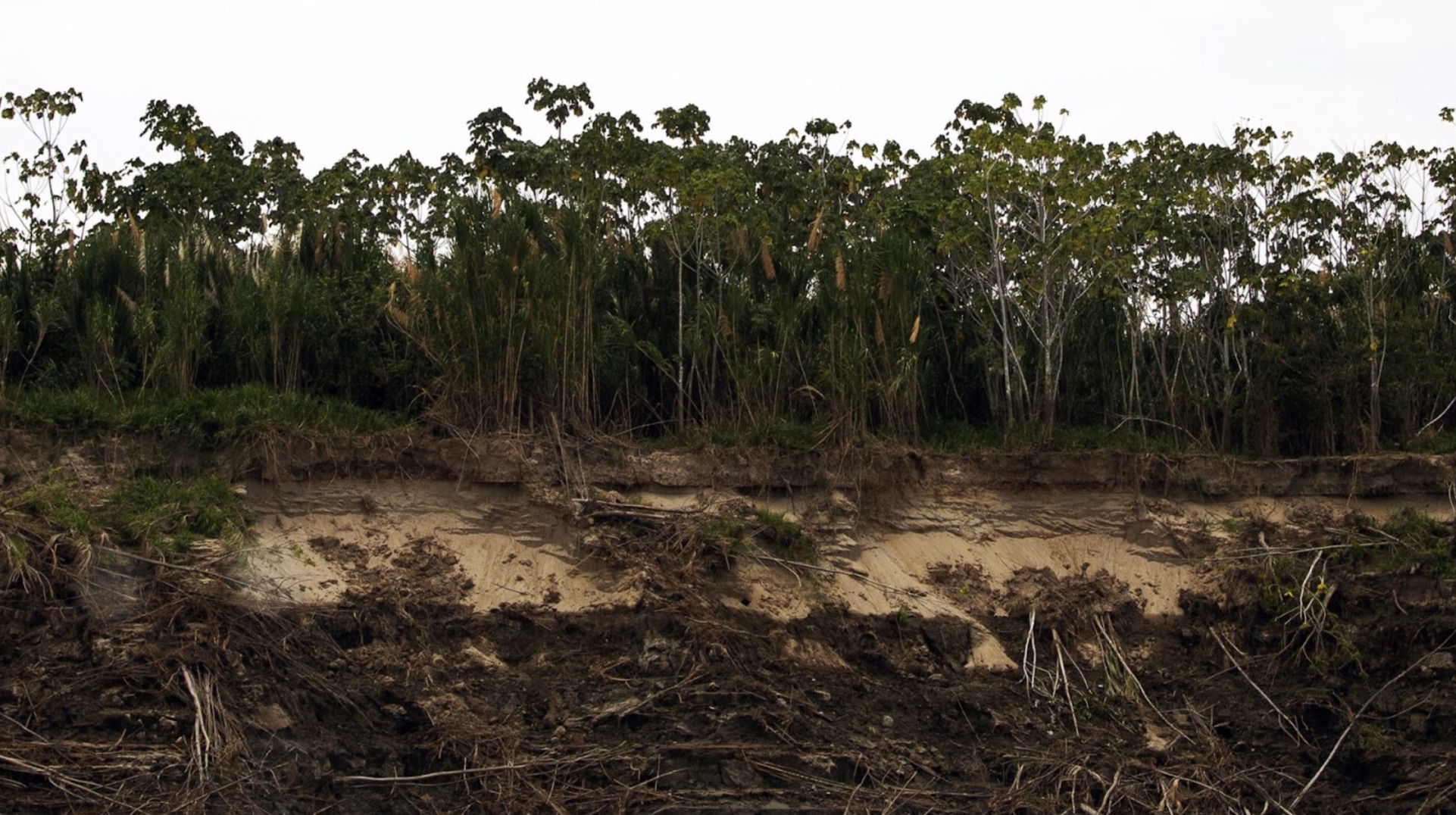
For context, the Amazon rainforest spans 6.9 million square kilometers, covers nine countries and covers 40% of South America.
It is also one of the world’s most biologically diverse ecosystems, home to 3 million species of plants and animals and 1.6 million indigenous people. Therefore, any negative effects on this area will be catastrophic.
Rainforests Are Being Destroyed
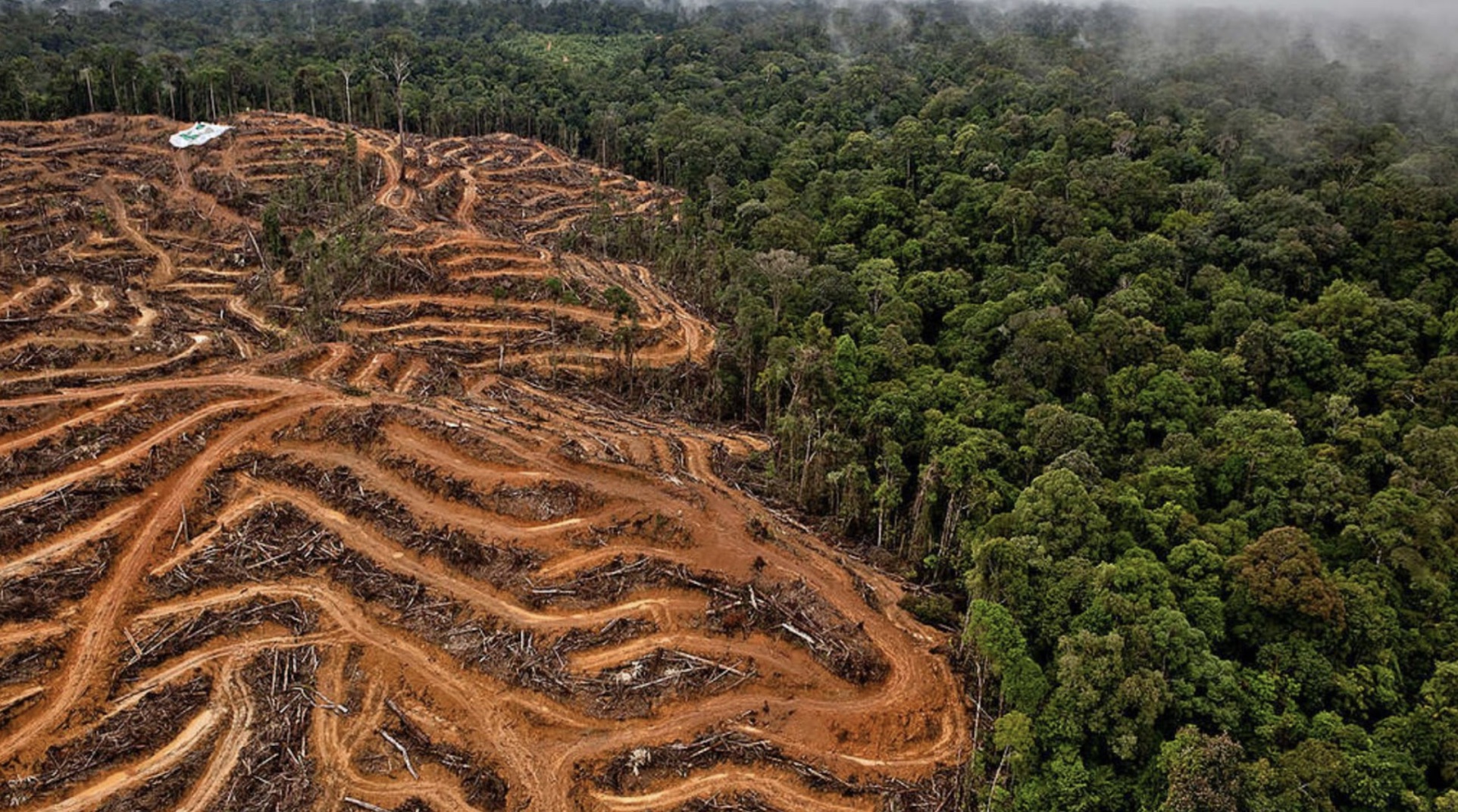
Climate change is destroying rainforests worldwide. But it’s not just climate change that is destroying these natural ecosystems. Humans are also partly responsible for this.
The island of Borneo had most of its forest area destroyed, which resulted in Indonesian billionaire Sukanto Tanoto being investigated for his involvement in deforestation.
The Biden Administration Is Cracking Down on Toxic Pollution
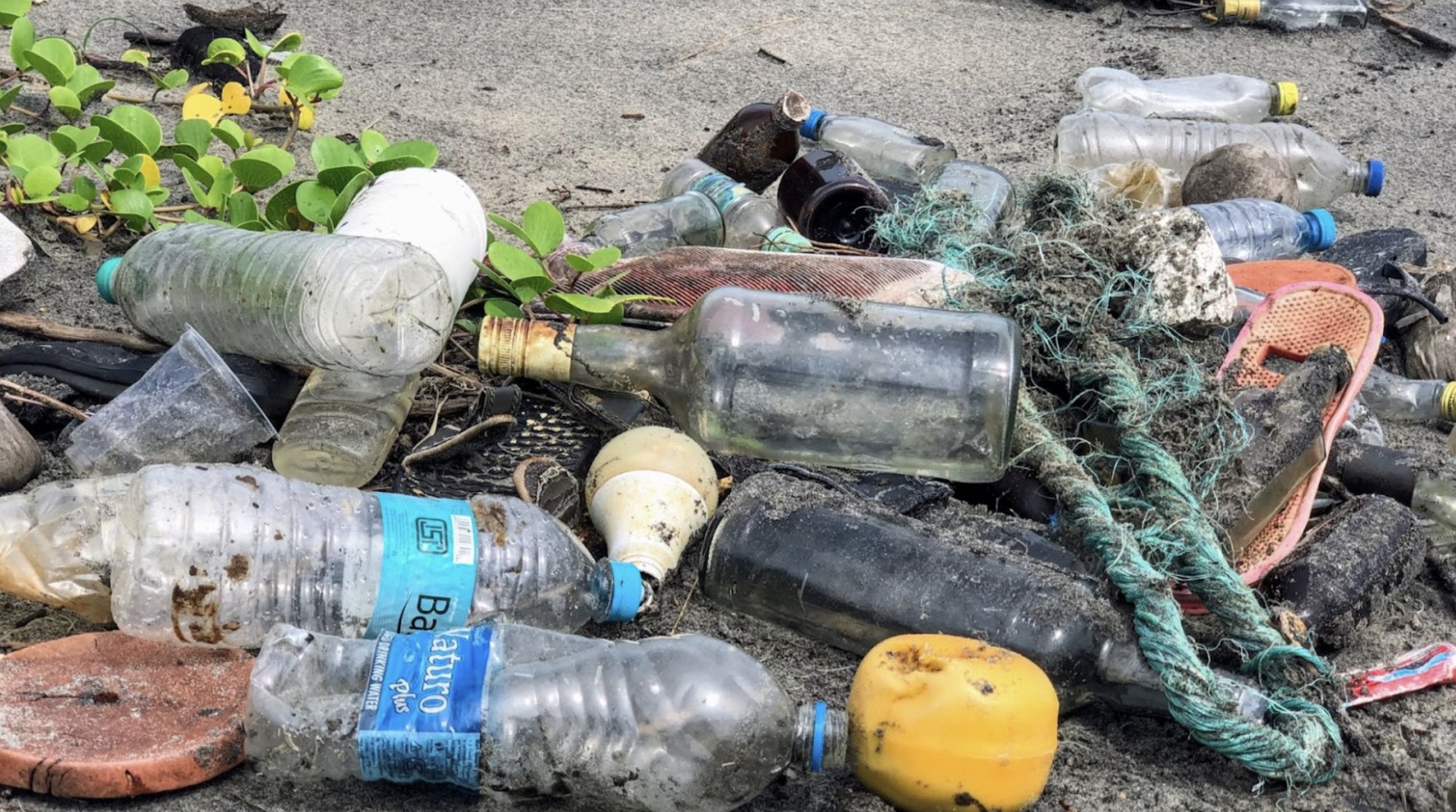
To help stop the continuous effects of climate change, the Biden administration is starting to crack down on businesses that are contributing significant levels of toxic pollution into the Earth’s atmosphere.
New regulations are being implemented under the Environmental Protection Agency on over 200 chemical plants to try and limit the amount of harmful waste, toxic water and radiation levels they emit.
Extreme Heat Will Become the Leading Public Health Challenge

Climate change is raising average temperatures worldwide and is causing many problems, including issues with public health.
High heat is causing people to become ill, which in some cases has led to death. Experts have warned that if temperatures continue to rise, more deaths and ill-health will occur as a result.
How the Amazon Rainforest Helps the World’s Ecosystem
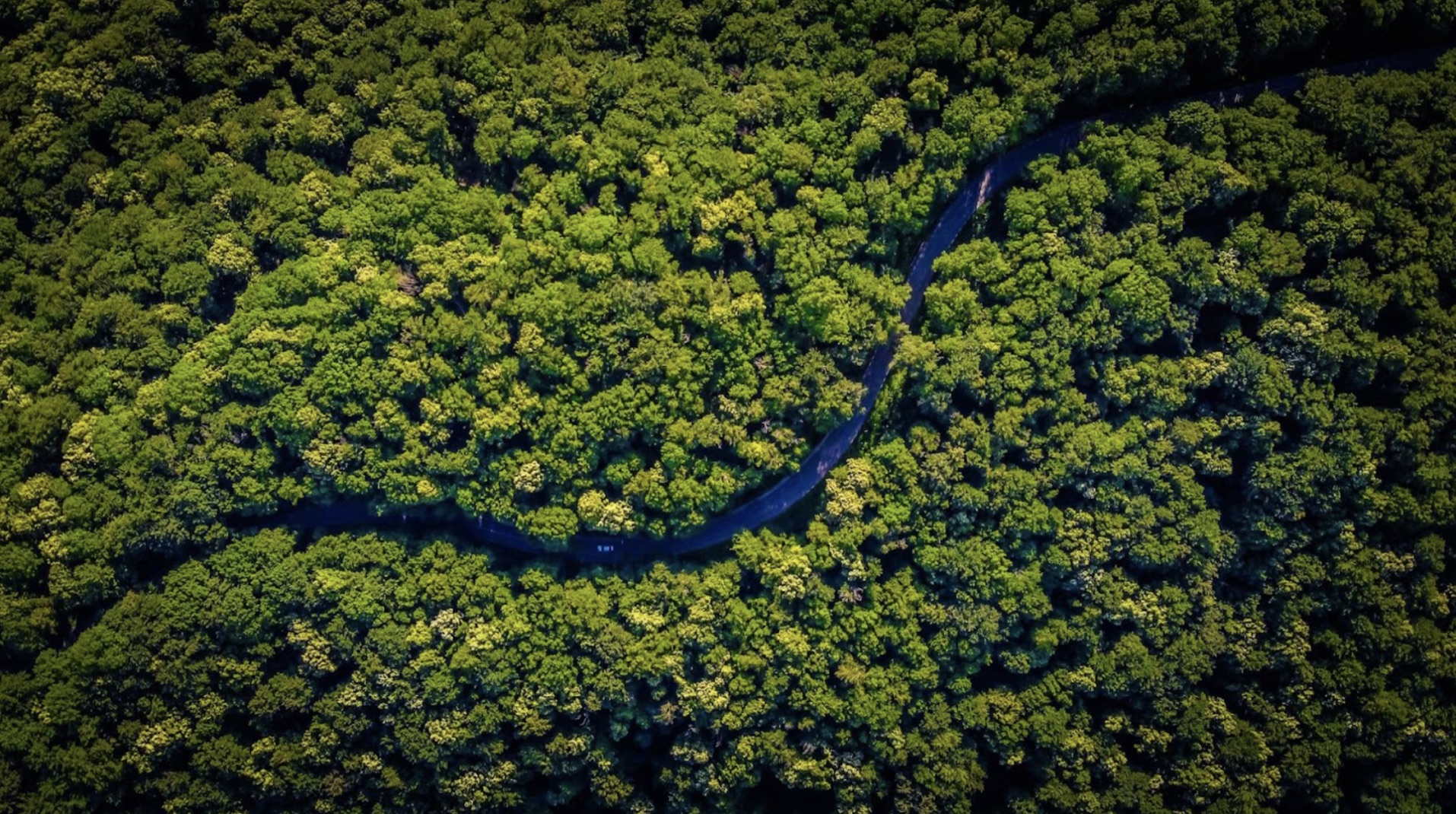
The Amazon rainforest is very important to the world’s ecosystem. It acts as a giant air conditioner, lowering land surface temperatures and generating rainfall.
In addition, it acts as a terrestrial carbon sink by absorbing more carbon from the atmosphere than it releases. It often ends up storing 15-20 years’ worth of global CO2 emissions, which limits global warming.
The Amazon Rainforest Is Slowing Down
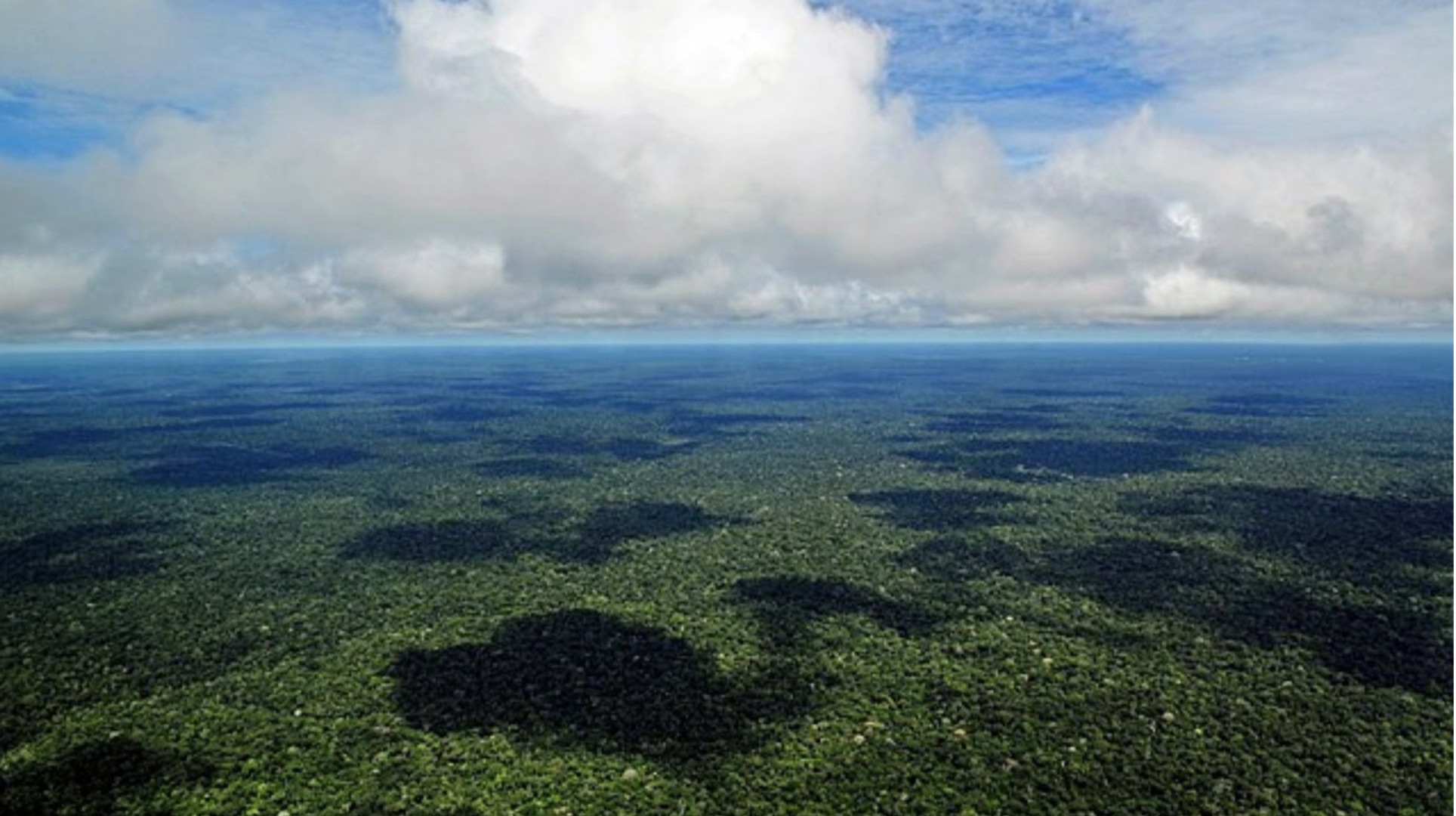
As drought has become a common occurrence in the Amazon rainforest and across other ecosystems, experts believe that this will slow down their growth.
The main issue with the droughts is their intensity rather than their duration. As it is expected that there will be more droughts at higher intensities in the future, it has been predicted that these extreme droughts will cause the Amazon rainforest to no longer function in the same way.
More Droughts in Two Decades Than a Century
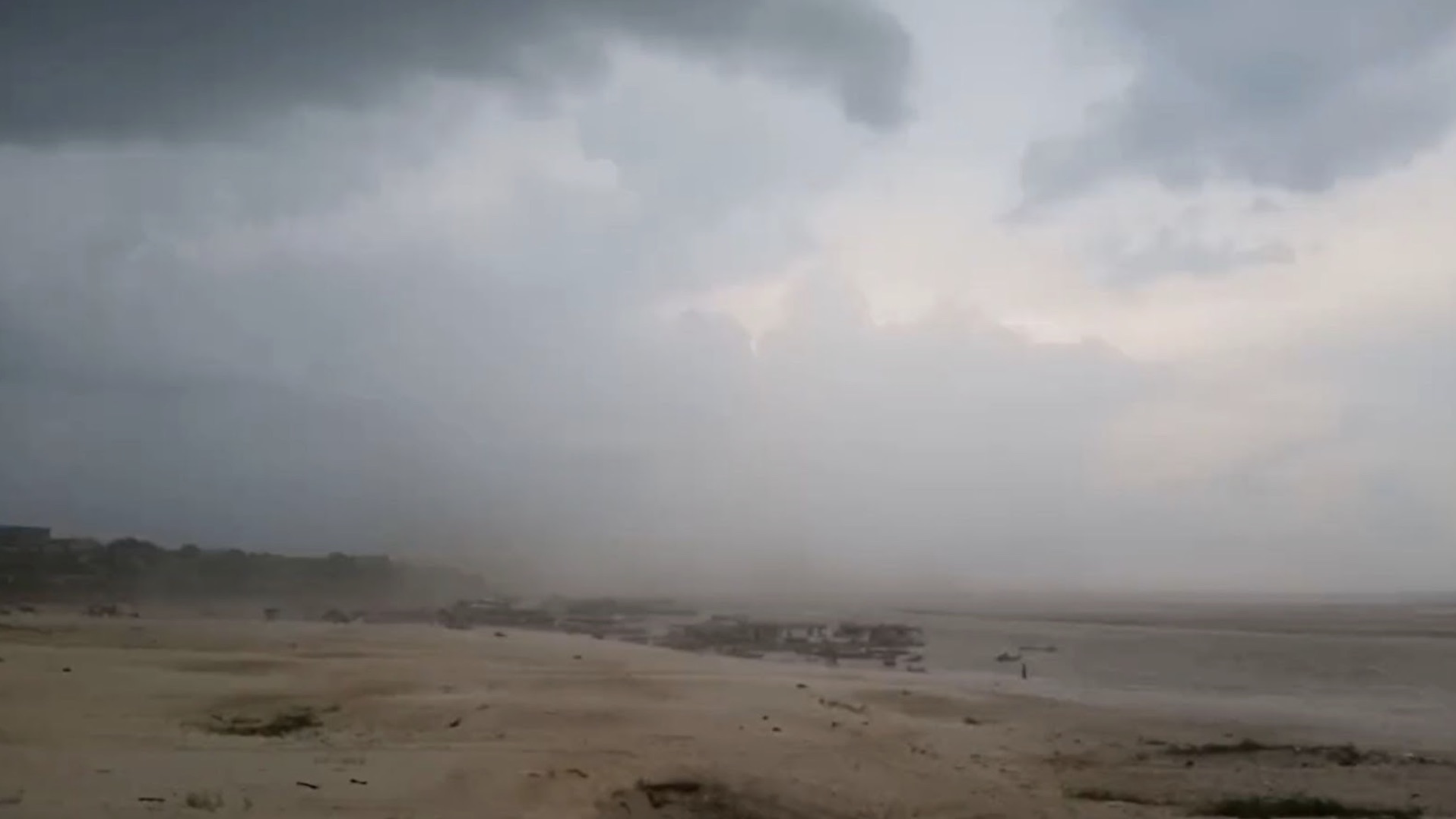
The Amazon rainforest has recently experienced four droughts in the space of two decades when typically just one of these droughts would happen in a century.
These droughts are caused by human-caused climate change. As a result of the droughts, the rainforest is experiencing intense strains on trees and plants, which are causing them to die from dehydration.
The Amazon Rainforest Is Shrinking
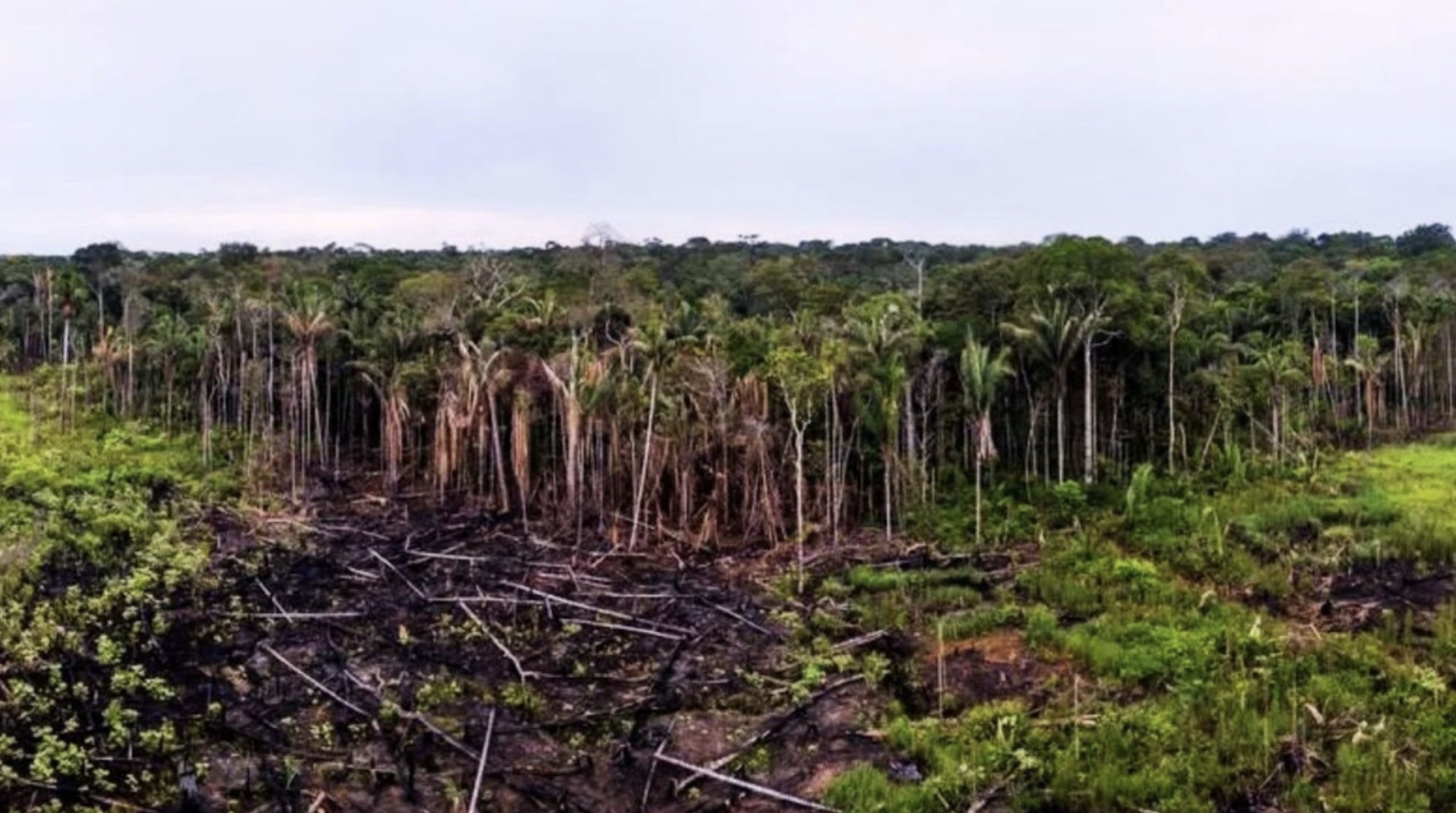
If the drought isn’t causing the trees and plants to die, it is causing them to shrink. The canopy in the Amazon rainforest covers an area that is equivalent to the size of Europe. It shrinks and expands during dry and rainy seasons but is typically able to bounce back quite quickly.
However, due to the number and intensity of droughts the rainforest has recently experienced, its ability to bounce back is slowing to the point where it could eventually stop altogether.
The Amazon Rainforest Has Survived for Over 65 Million Years
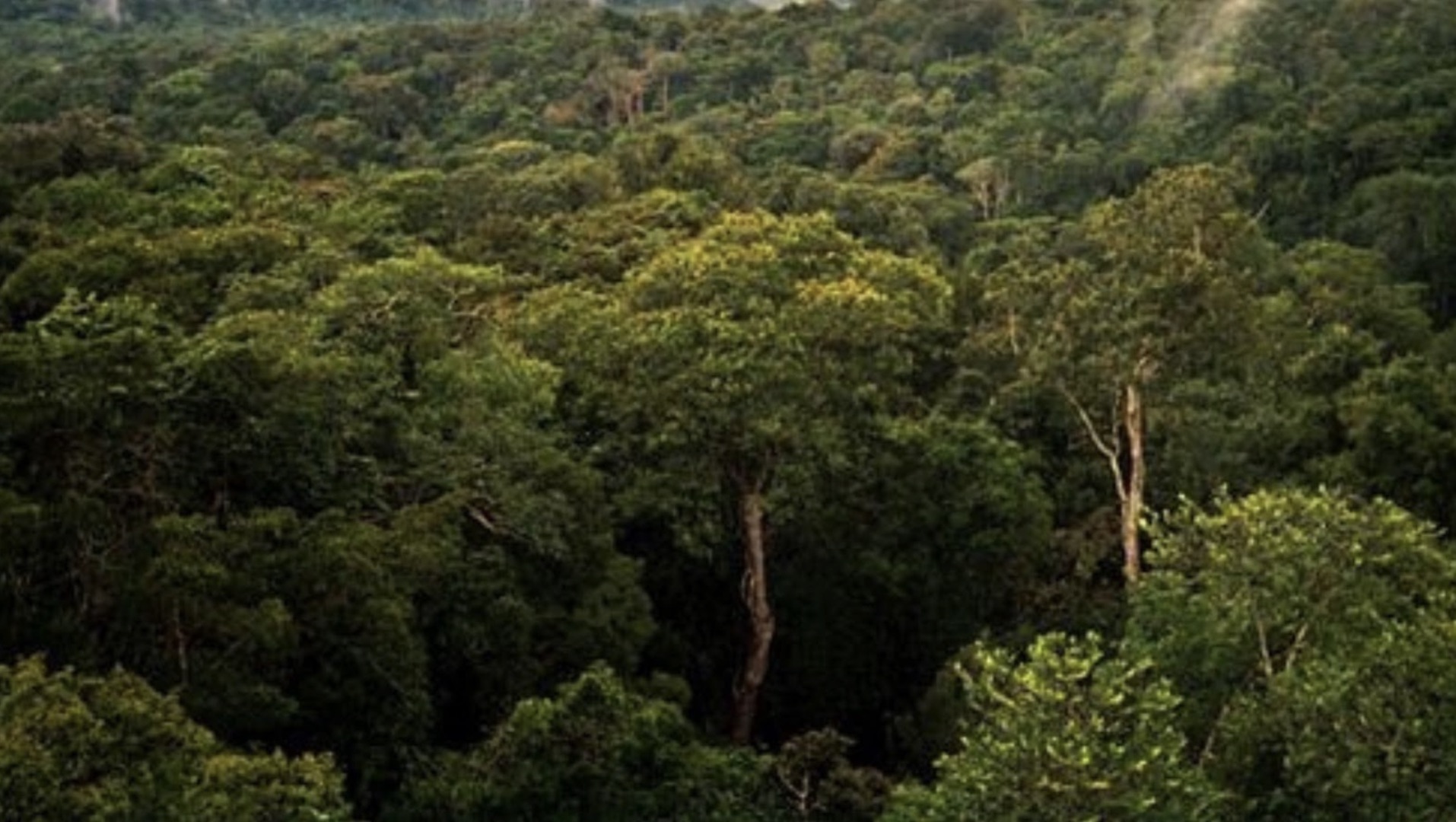
One of the many shocking discoveries by scientists is that for over 65 million years, the Amazon rainforest has been able to survive all sorts of changes to the climate.
However, human activity, such as the use of greenhouse gases, is accelerating the rate of climate change, and the rainforest is slowing down to the point of no return for the first time in history, causing worry among climate activists and experts.
50% of the Amazon Rainforest Could Collapse by 2050
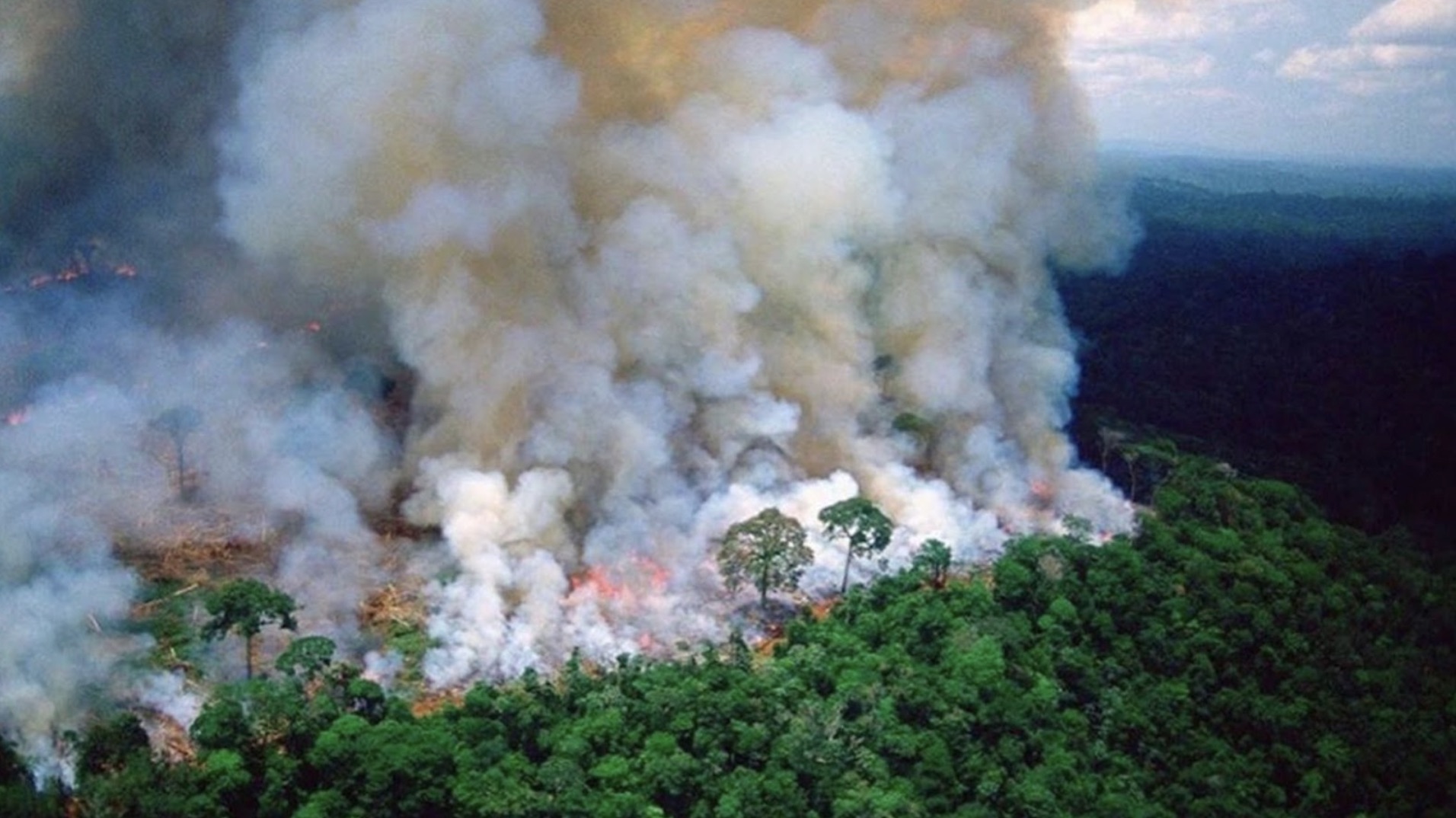
The situation in the Amazon rainforest has gotten so bad that experts have predicted that somewhere between 10% and 47% of the rainforest could collapse by 2050.
The area has been affected by warm temperatures, extreme droughts, deforestation and fires. If critical thresholds end up being crossed, it could cause parts of or even the entire rainforest to collapse, which would be catastrophic on the effects of climate change.
How to Avoid Catastrophic Consequences
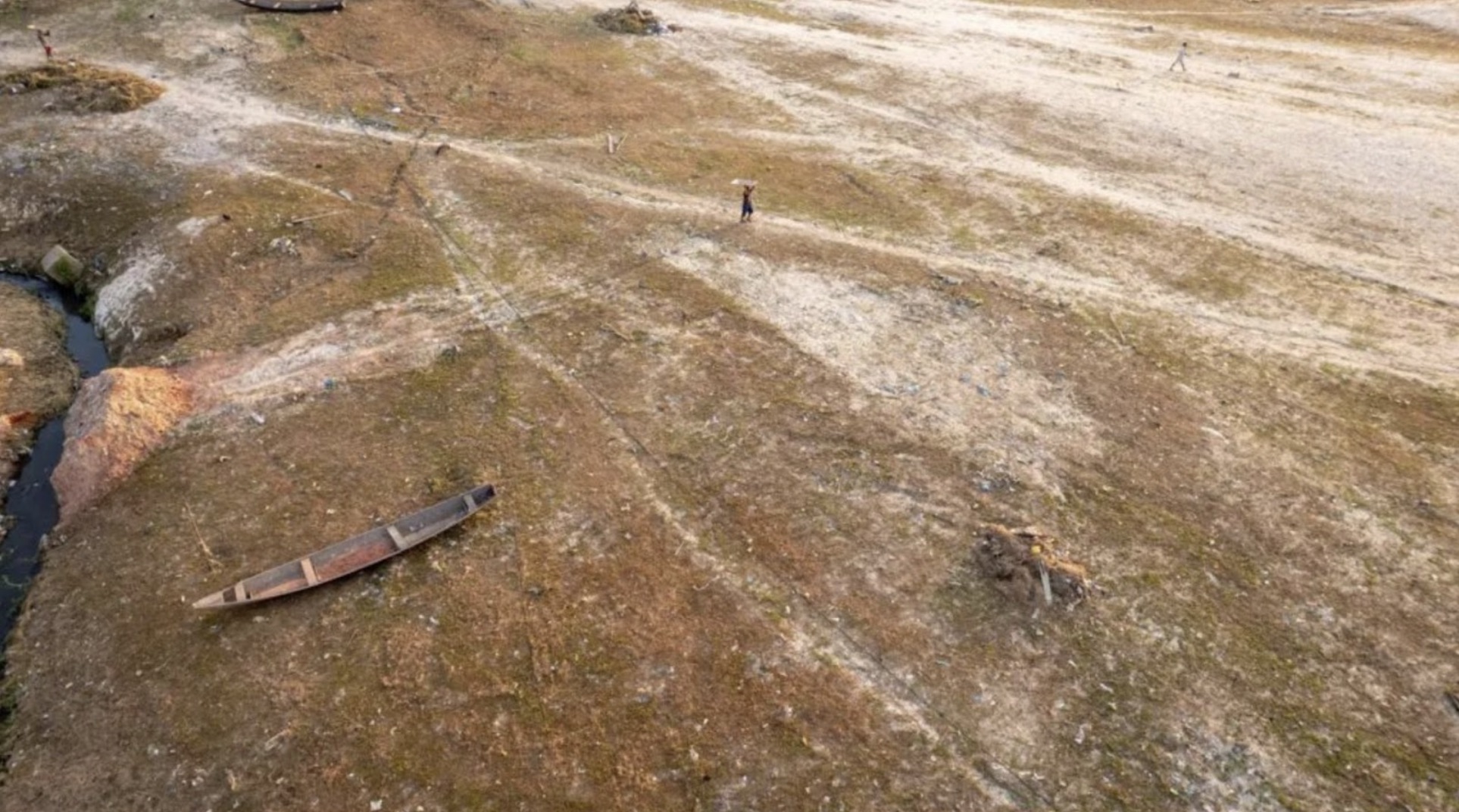
Despite the worrying situation, experts have revealed that there are some ways to avoid catastrophic consequences from happening.
This means stopping deforestation and boosting forest restoration to try and get it back as close as possible to what it once was. It also means reducing greenhouse gases globally to lessen the effects of climate change.
























